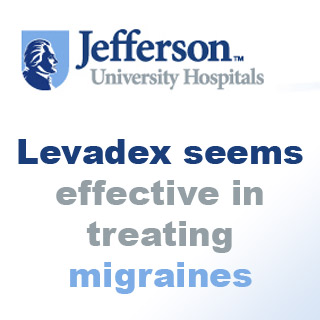
The study was a multi-center, phase three Freedom-301 trial for the orally-inhaled migraine therapy Levadex. This analysis demonstrated that as compared to placebo treatment participants seemed to have had significant relief from symptoms like pain, nausea and light and sound sensitivity.
The trial results of this therapy show that it offered pain relief in about 30 minutes while also sustaining relief for nearly 48 hours after administering it to patients with moderate or severe migraine attacks. Generally, the drug seemed to have been very well tolerated and there seemed to be no drug-related serious adverse events.
“The major advantage of Levadex is that it has the efficacy of intravenous DHE (dihydroergotamine) with a side-effect profile similar to placebo and better than oral triptans,†explained Stephen Silberstein, M.D., F.A.C.P, a clinical study investigator, director of the Jefferson Headache Center, and professor in the Department of Neurology at Jefferson Medical College of Thomas Jefferson University.
Including the Freedom-301 trial and on the basis of the analysis until now, MAP Pharmaceuticals is of the opinion that the distinct pharmacokinetic profile of Levadex has the potential to treat migraines in an effective manner. It may also have the ability to minimize the side effects commonly prevalent with DHE and other currently available medicines.
The American Headache Society (AHS) shares that migraine is a common, debilitating neurological disorder that is known to affect nearly 30 million people in the United States. Additionally the AHS reveals that most migraines last between four and 24 hours, however some may also last for as long as three days. Nausea, vomiting, photophobia (sensitivity to light) and phonophobia (sensitivity to sound) are claimed to be some of the commonly associated symptoms of the condition.
